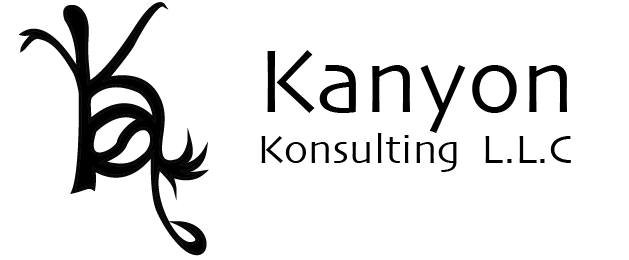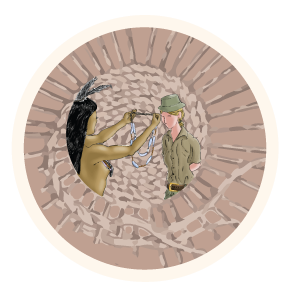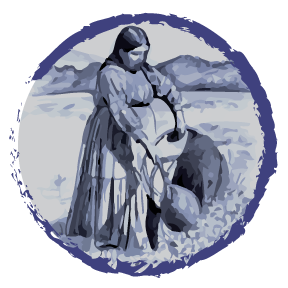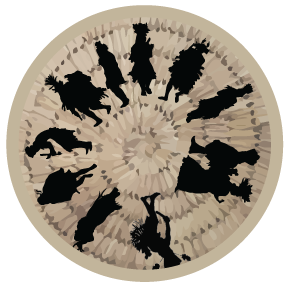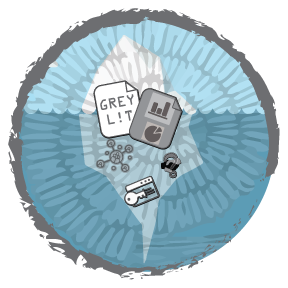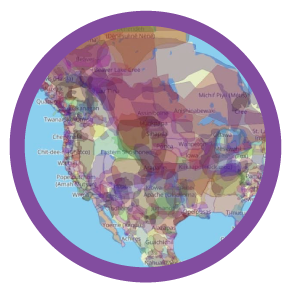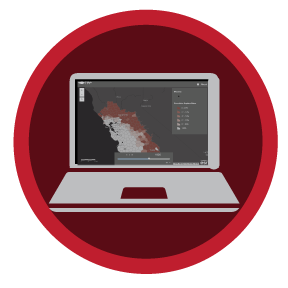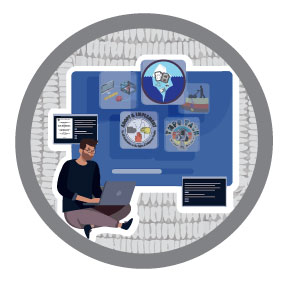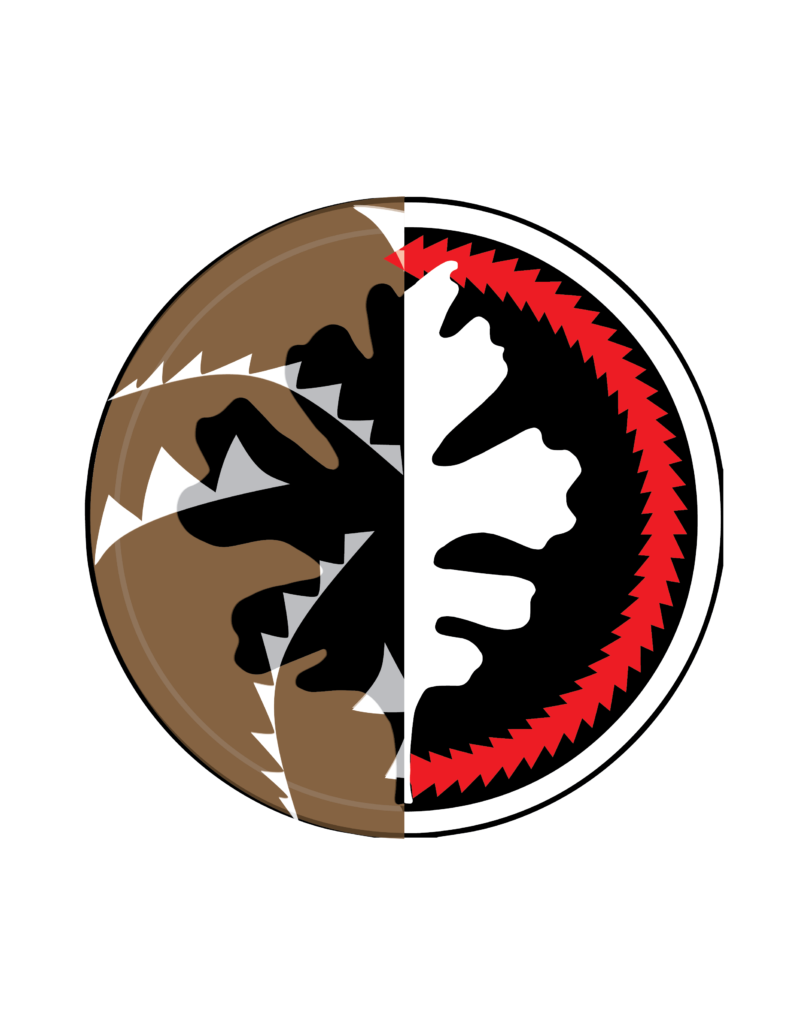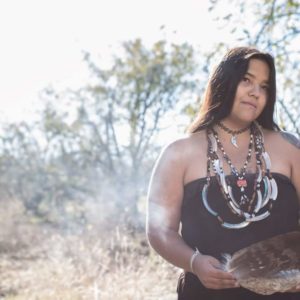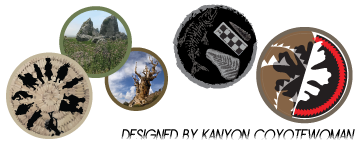
Kanyon “CoyoteWoman” Sayers-Roods designed the 2023 Society for California Archeology “Connecting People with the Past,” Kanyon is a member of the SCA – NAPC
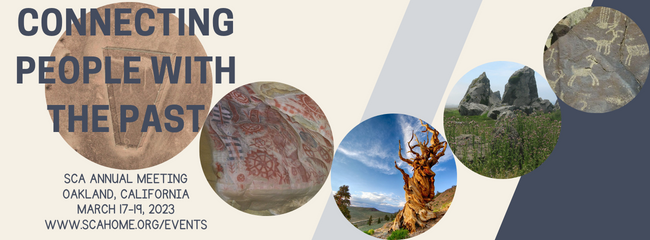

Learn more about Kanyon CoyoteWoman Sayers-Roods
When designing “Connecting People with the Past,” Kanyon wove in elements of acknowledging traditional ecological knowledge and historical reference to place-based knowledge while also creating graphic elements to represent contemporary tools and methodology of pursuing insights and gleaning a sense of understanding the past.
Acknowledging that cultural resources are not just recognizing archaeologically sensitive areas within the environment around us, there are also other ways that we may navigate as well as a witness representation of these models of cultural resources all around us that are deserving of equitable representation, even a social, cultural and communal responsibility to incorporate indigenous pedagogies, treated with the same respect and validity, to offer priceless perceptions that modern Western methodologies, alone, would not produce. Ironically, to this day, ancient indigenous teachings and wisdom of our elders are revealing innovative insights towards a sustainable future.
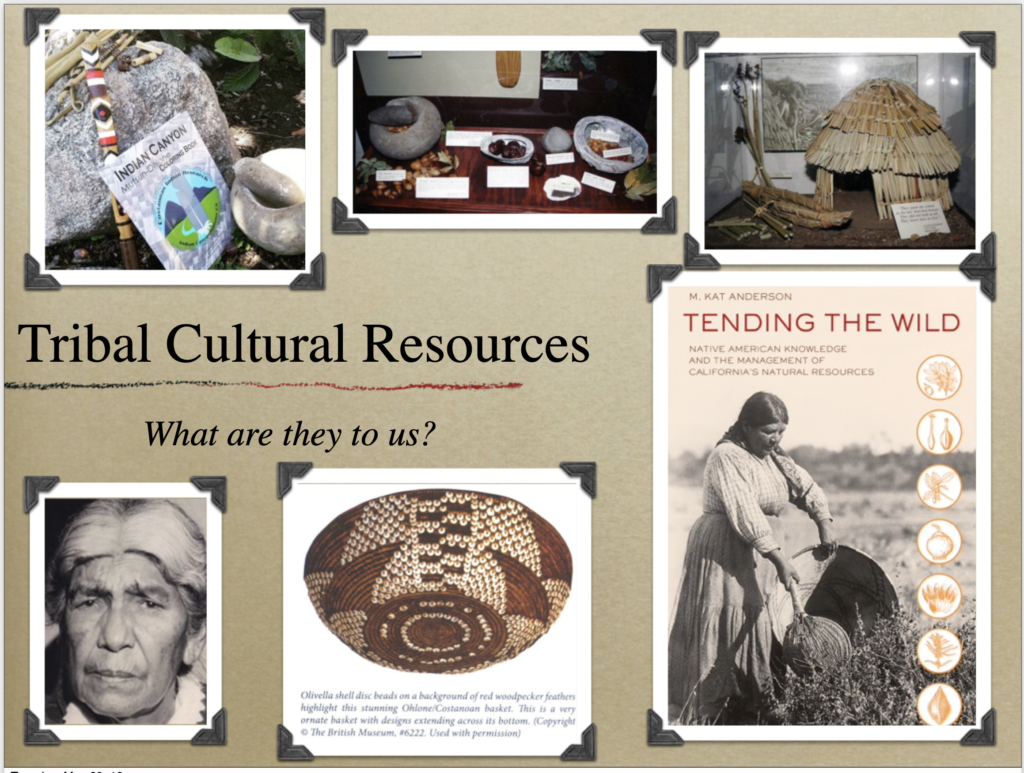
There are many layers to this piece, necessitated by a lack of indigenous representation. In the early stages of research leading to the creation this poster, Kanyon was dismayed to find limited icons representing contemporary indigenous peoples without leaning to dated, tokenistic and stereotypical archetypes of indigeneity: arrowheads, thunderbird silhouettes, hyper sexualization of indigenous women and girls, etc., nearly all in some form weakly representing Pan-Indianism.
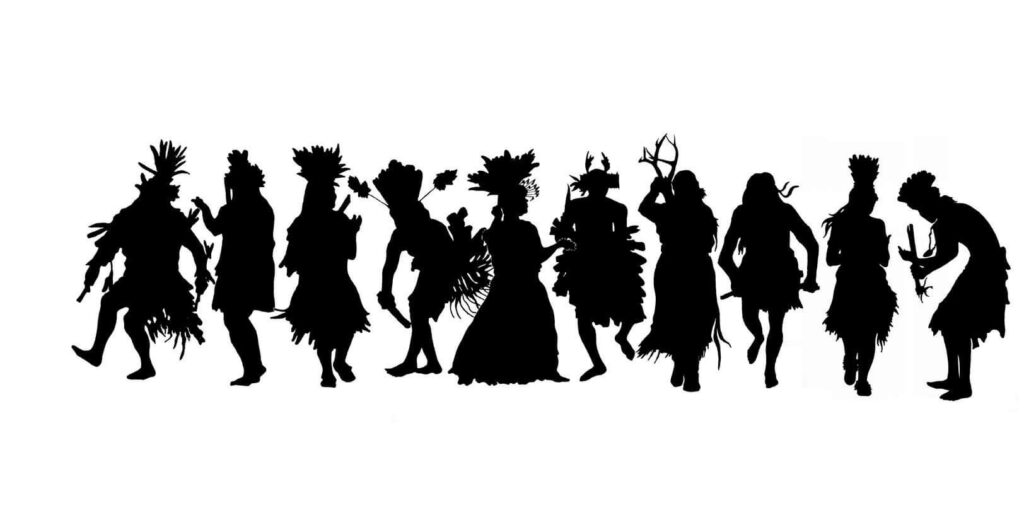
In response, she created graphic elements from a more modern and enlightened vantage point, that convey images and iconography that are simultaneously recognizable and thought provoking in both the realms of how indigenous peoples trace their ancestry to the place we now call California, as well as of archaeologists and cultural resource management specialists who interact with the world around us and the technology available to us.
There are some specific examples within this art piece worth mentioning. An infographic-like icon represents gray literature. An iceberg serves as a metaphor that the surface nature of gray literature isn’t the whole story. There are images that represent #HonorNativeLand and the current Native-Land.ca interactive map that helps people learn about languages and territory names.
An icon that has a laptop with an application, designed by Far Western Anthropological Research Group, depicts how numerical data from the mission periods in central coastal California, in what we now call Ohlone territory, with another interactive map showing the population saturation of native peoples baptized in the mission records, bringing light to creating a visual interactive map that is not as dry as numbers and spreadsheets and archival records of the mission periods. Beautifully, an image, that some may recognize, is Kanyon’s artistic depiction of the woman harvesting seeds from the cover of a book, “Tending the Wild,” by Kat Anderson; this represents Native American knowledge and the management of California’s natural resources.
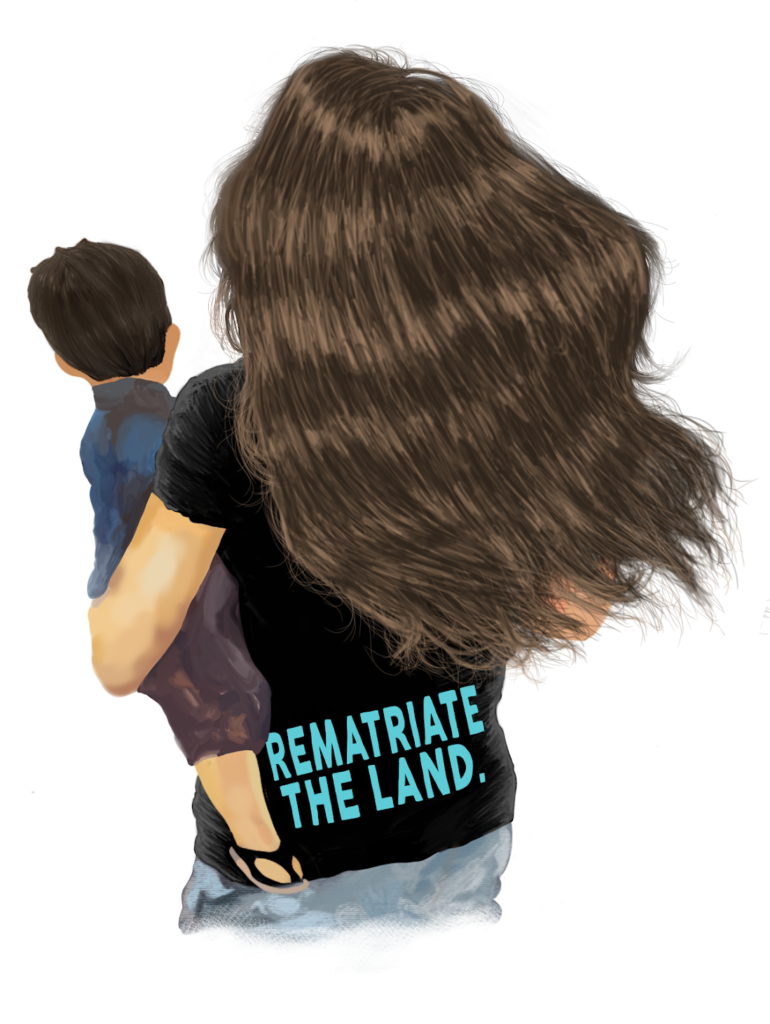
Finally, an element that deserves more of a spotlight, which some may call socially and politically charged, given archeology’s patriarchal origins and modern humans’ practice of self-study (aka the Anthropocene Era). A woman, holding her child, wears a shirt saying “Rematriate the Land,” indigenous swag created by Sogorea Te Land Trust / Confederated Villages of Lisjan. This grassroots movement of today pays homage to and honors California’s Matriarchal and Matrilineal origins. #RematriateTheLand
#RematriateTheLand
What does rematriate the land mean?
return to the land
Taken from the Latin “patria,” repatriate means a “return to the land.” However the Latin base “patria” is derived from the Greek word patriarkhēs, or “ruling father.” So repatriation is returning to the land of your forefathers. In most ancient European cultures, women were not allowed to own land.https://sogoreate-landtrust.org/rematriate-the-land-fund/
#LANDBACK #HonorNativeLand
find a fun easter egg – a version of the poster that was shared and mass emailed has #RemediateTheLand Let’s let that dyslexic easter egg hashtag become a thing ^_~<
In 2018, with the permissions of the Society of California Archeology Board, along with the Native American Programs Committee’s permission and blessing, Kanyon indigenized the official SCA logo for the NAPC.
Kanyon played around with Speechify and used SnoopDogg Ai audio to read this design process for a TikTok post
https://www.tiktok.com/t/ZTRWgJnFP/
Graphic artist Jonathan Bunting edited and developed Kanyon CoyoteWomans Art Concept and Designs with a few elements in these recent graphic elements in the 2023-SCA-Poster

Graphic Rendering by J.Bunting

